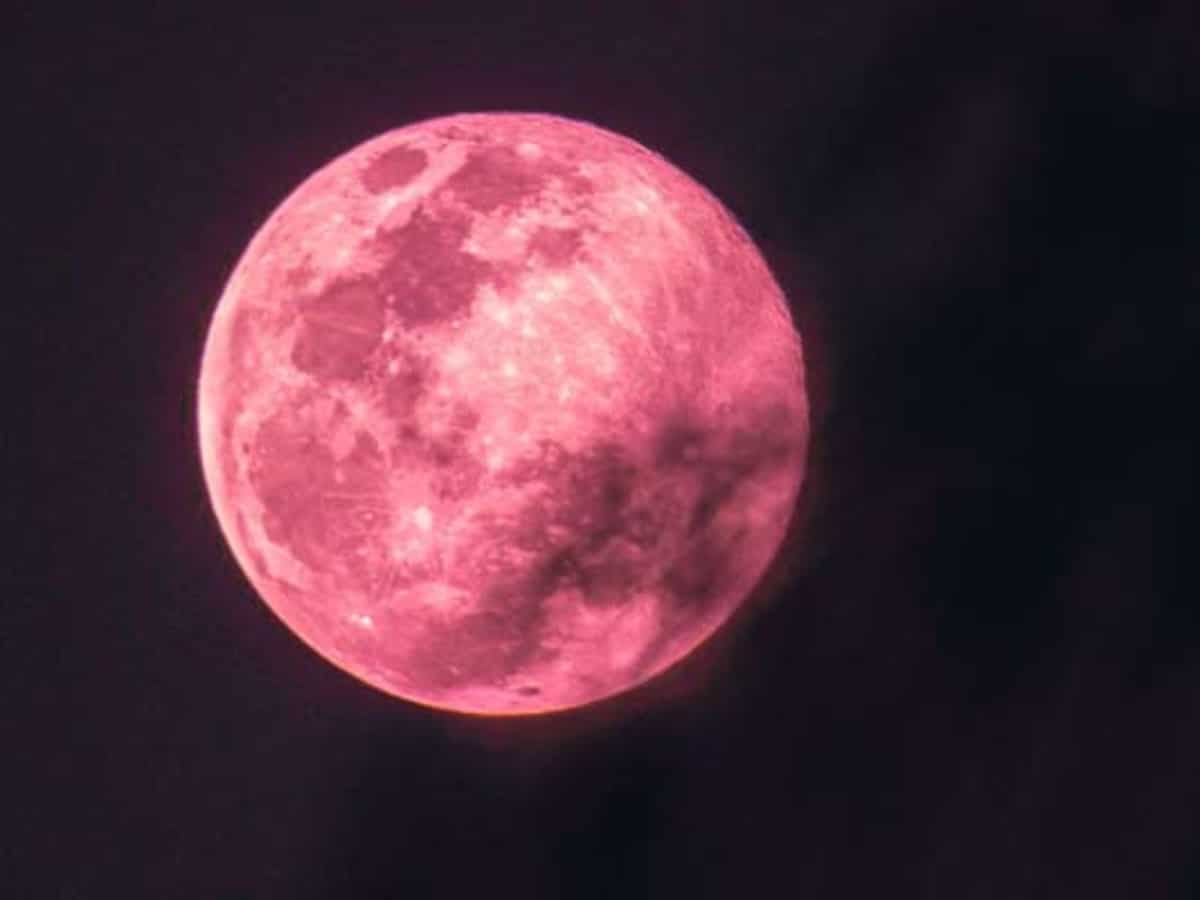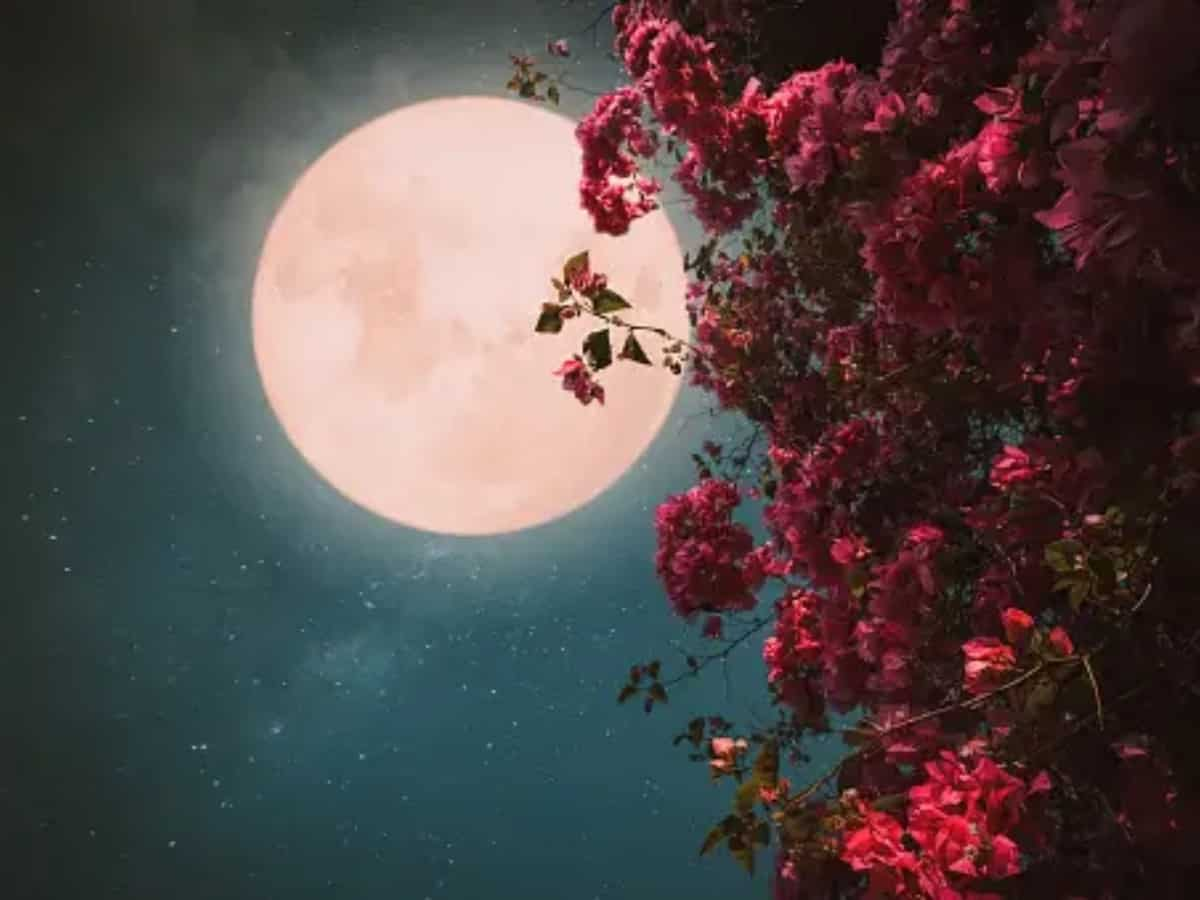
Pink moon april 2024 – The Pink Moon of April 2024 is an astronomical event that promises to captivate stargazers and nature enthusiasts alike. Occurring on April 10th, this celestial spectacle will illuminate the night sky with its ethereal glow, offering a breathtaking spectacle that is both visually stunning and deeply symbolic.
This year’s Pink Moon holds particular significance as it coincides with the Easter weekend, creating a rare and meaningful celestial convergence. As the Moon reaches its peak illumination, it will cast a soft, rosy hue across the landscape, inviting us to reflect on the themes of renewal, rebirth, and spiritual growth.
Pink Moon April 2024: Overview
The Pink Moon of April 2024 holds special significance as the first Full Moon of spring in the Northern Hemisphere. It is a time of renewal, growth, and fresh beginnings, celebrated by cultures worldwide throughout history.
Astronomical Significance

Astronomically, the Pink Moon occurs when the Moon is positioned opposite the Sun, resulting in its fully illuminated face being visible from Earth. During this time, the Moon appears larger and brighter, known as the “perigee Moon.” The term “Pink Moon” originates from the pale pink hue that the Moon often takes on during this period due to atmospheric scattering of sunlight.
Celestial Events
- The Pink Moon of April 2024 will reach its peak illumination on April 20th at 09:54 UTC.
- It will be visible throughout the night, rising in the east and setting in the west.
- The Moon will be in the constellation Libra, near the bright star Spica.
Cultural and Spiritual Implications: Pink Moon April 2024
The Pink Moon has been a source of cultural and spiritual inspiration for centuries. In Native American traditions, it is associated with fertility and growth, symbolizing the awakening of nature after the long winter months.
In some European cultures, the Pink Moon is believed to bring good luck and prosperity, and it is often associated with the Easter holiday.
Observational Details, Pink moon april 2024
The Pink Moon will be visible to the naked eye, weather permitting. For optimal viewing, find a location with minimal light pollution and a clear view of the eastern horizon.
Binoculars or a telescope can enhance the viewing experience, allowing for a closer look at the Moon’s craters and surface features.
Symbolism and Metaphors
The Pink Moon has been a muse for poets, artists, and musicians throughout history. Its ethereal glow has inspired themes of love, hope, and renewal.
In literature, the Pink Moon is often associated with new beginnings and the promise of a brighter future. In art, it is depicted as a symbol of beauty, serenity, and the cyclical nature of life.
Related Phenomena
The Pink Moon coincides with several other celestial events in April 2024:
- The Lyrid meteor shower will peak on the night of April 21st-22nd, offering a chance to witness shooting stars.
- The planet Venus will be visible as a bright “evening star” in the western sky.
- The constellation Orion will be prominent in the eastern sky during the evening hours.
Final Wrap-Up

The Pink Moon of April 2024 is a celestial event that transcends mere observation; it is an invitation to introspection, wonder, and celebration. Whether you choose to marvel at its beauty with the naked eye, capture its essence through photography, or simply bask in its radiant energy, this celestial spectacle is sure to leave a lasting impression.
FAQ Resource
When is the Pink Moon in April 2024?
The Pink Moon will reach its peak illumination on April 10th, 2024.
Why is it called the Pink Moon?
Despite its name, the Pink Moon does not actually appear pink. The moniker originates from the early blooming of pink wildflowers in North America, which coincide with the Moon’s appearance.
Can I see the Pink Moon from my location?
The Pink Moon will be visible to observers around the world, weather permitting. Check local astronomy resources for specific viewing times in your area.





